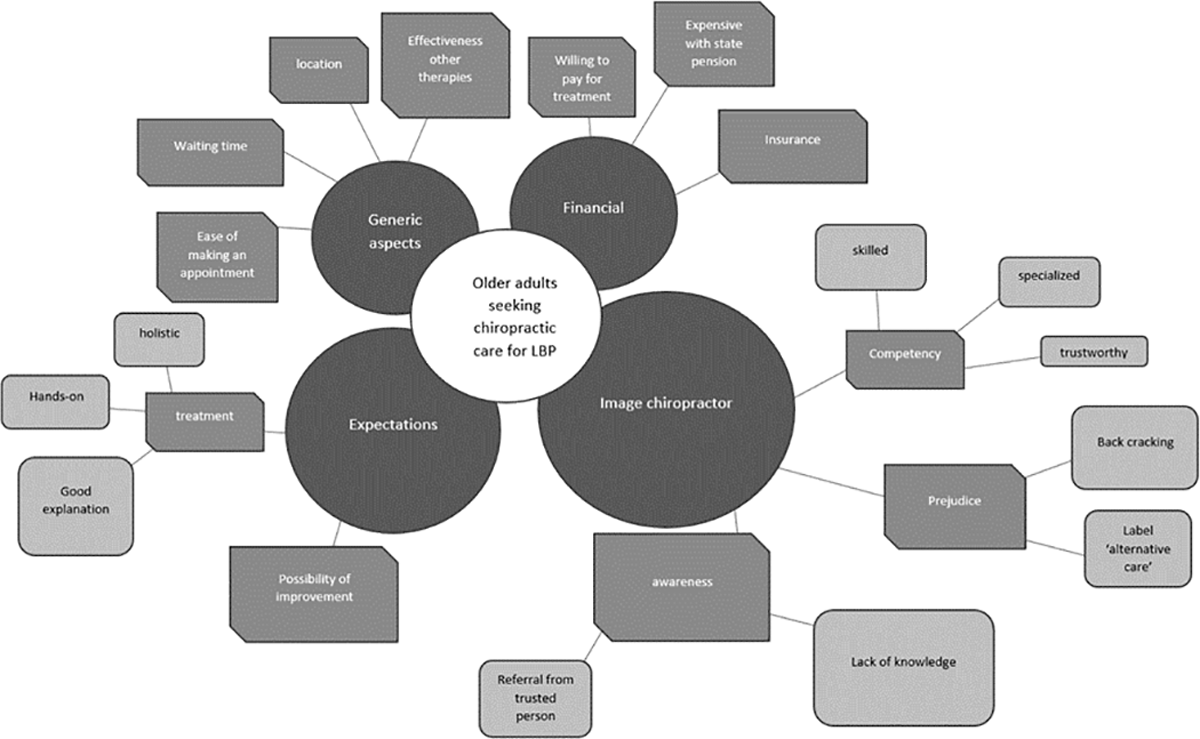Chiropractic Use in the Medicare Population: Prevalence, Patterns, and Associations With 1-year Changes in Health and Satisfaction With Care
SOURCE: J Manipulative Physiol Ther 2014 (Mar); 37 (8): 542-551
Paula A.M. Weigel, PhD, Jason M. Hockenberry, PhD, Fredric D. Wolinsky, PhD
Research Associate,
Department of Health Management and Policy,
College of Public Health,
The University of Iowa, Iowa City, IA
OBJECTIVE: The purpose of this study was to examine how chiropractic care compares to medical treatments on 1-year changes in self-reported function, health, and satisfaction with care measures in a representative sample of Medicare beneficiaries.
METHODS: Logistic regression using generalized estimating equations is used to model the effect of chiropractic relative to medical care on decline in 5 functional measures and 2 measures of self-rated health among 12170 person-year observations. The same method is used to estimate the comparative effect of chiropractic on 6 satisfaction with care measures. Two analytic approaches are used, the first assuming no selection bias and the second using propensity score analyses to adjust for selection effects in the outcome models.
RESULTS: The unadjusted models show that chiropractic is significantly protective against 1-year decline in activities of daily living, lifting, stooping, walking, self-rated health, and worsening health after 1 year. Persons using chiropractic are more satisfied with their follow-up care and with the information provided to them. In addition to the protective effects of chiropractic in the unadjusted model, the propensity score results indicate a significant protective effect of chiropractic against decline in reaching.
There are more articles like this @ our:
CONCLUSION: This study provides evidence of a protective effect of chiropractic care against 1-year declines in functional and self-rated health among Medicare beneficiaries with spine conditions, and indications that chiropractic users have higher satisfaction with follow-up care and information provided about what is wrong with them.
From the Full-Text Article:
Introduction
National surveys and other data show chiropractic use prevalence rates among those age 18 and up ranging between 5.6% – 8.6% in the U.S. [1-3] Among Medicare beneficiaries age 70 years and up chiropractic use is less prevalent, with two studies indicating annual rates ranging between 4.1% and 5.4%. [4, 5] For younger Medicare beneficiaries chiropractic prevalence rates are closer to national rates, ranging between 6%–7%. [6] While informative, these estimates are not reflective of the population that commonly seeks care from doctors of chiropractic (DCs) — namely, persons seeking treatment for spine-related health conditions. [2, 7-9] Prevalence of chiropractic use is likely higher in the population of Medicare beneficiaries with back and neck conditions, but how much higher is not known.
Spine-related problems are common in the general adult population, and there is evidence of increasing prevalence as people age. [10-14] As a result, spine conditions reflect a growing portion of health services use and expenditures, particularly under Medicare. [6, 15, 16] More significantly these problems are associated with increased disability by impeding a person’s capacity to perform everyday mobility tasks such as walking, stooping, lifting, or reaching. Those mobility tasks can subsequently limit a person’s ability to perform basic activities of daily living (ADLs), all of which are crucial to prolonging independence among older adults living in a community setting. [17-22]
Read the rest of this Full Text article now!





Leave A Comment